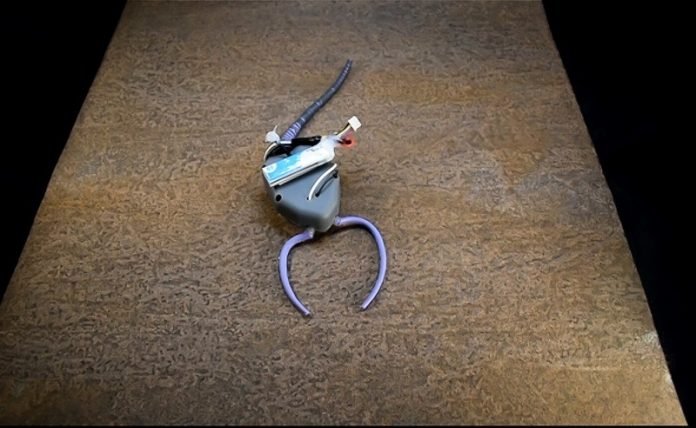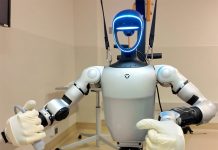
Imagine if we could watch ancient sea creatures move just like they did millions of years ago, even though they’ve been extinct for ages.
Researchers are saying this could be possible thanks to new advancements in a type of technology called soft robotics.
These aren’t your typical stiff, metal robots; they’re flexible and can change shape to do lots of different tasks.
William Ausich, an Earth sciences professor with more than fifty years of experience, has shared his excitement about this technology.
He wrote about it in a letter after reading a study about a cool new robot that could help scientists understand how these old sea animals lived and moved in their natural habitats.
Meet the “Rhombot”
A team that includes Richard Desatnik, Carmel Majidi, and Zach J. Patterson from Carnegie Mellon University, and the Massachusetts Institute of Technology, created a prototype of a soft robot called “Rhombot.”
This robot is special because it’s designed to act like an extinct sea creature called Pleurocystites. These creatures don’t exist anymore, and we don’t have any fossils that show how they moved.
But, by looking at their bones, scientists made some good guesses.
The Rhombot is based on the Pleurocystites and has a flat body with two big parts that would have helped it eat while moving along the ocean floor. By making the Rhombot, scientists can now test their ideas about how these ancient animals might have moved.
How Does the Rhombot Work?
The Rhombot uses technology inspired by nature to try and move like the real Pleurocystites would have.
The scientists started by creating materials that act like the strong but flexible tissues found in real sea animals like starfish. They then made the robot move across surfaces that are similar to the sea floors where these animals would have lived.
The experiments with Rhombot supported what scientists had thought before. The robot moved forward by using its tail and the parts that resemble the animal’s feeding arms. The researchers found out that the way the robot’s tail moved helped it go faster, just like the actual creature might have done.
This kind of technology could change how we understand extinct creatures. Since we don’t have living examples to study, creating robots like Rhombot can give us new insights into how these creatures lived. It’s like having a time machine that shows us what worked well for animals in the past, which could help us understand why some animals survived and others didn’t.
Understanding the past is especially important when we think about how many species are dying out today. By looking at the history of life on Earth, we can get ideas about how to help living species survive.
A Glimpse into the Past for Future Generations
While Rhombot isn’t ready to be made on a large scale yet, it has the potential to be a fantastic educational tool. It could bring prehistoric creatures to life in a way that books and fossils can’t. This could be a fun way to get kids interested in parts of history that don’t involve dinosaurs.
William Ausich believes that being able to show a child how these ancient creatures moved could spark their imagination and love for learning about the past.
With soft robots like Rhombot, we might just be able to watch the past in motion, offering a window into the life of creatures that roamed Earth long before humans.
Follow us on Twitter for more articles about this topic.



